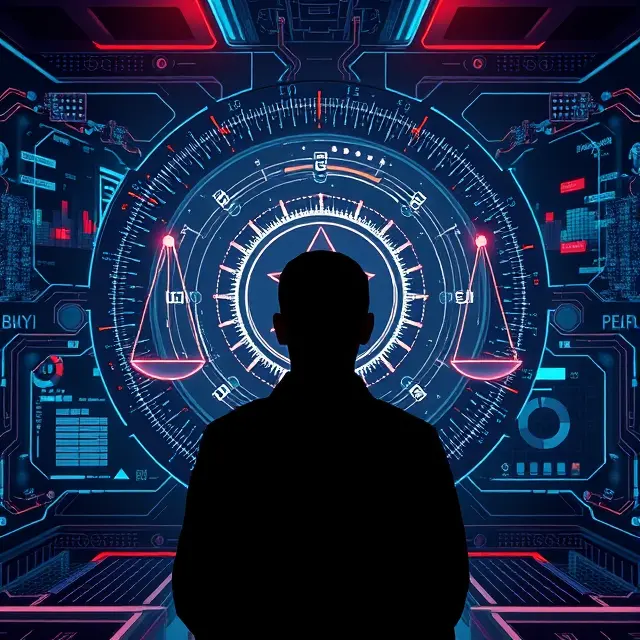Robot Technology In Medical Services: 5 Advances
{tocify} $title={ARTICLE INDEXING}
The robotics industry has seen more innovation than any other industry in the last few decades. It has also created many robots that are practically worthless. Origami-folding robots made by Harvard University and sand-art robots made by Disney will not be of much use to us in real life.
However, over time, the industry has evolved and new possibilities have been created for the use of robots for a variety of complex tasks. Robots can often be life-savers. Especially in the last few years, robotics has come a long way in healthcare technology. That means the robot has unlimited possibilities for use in medical services.
5 robot technologies that could revolutionize medical care in the future were discussed.
1. Blood nanobot
We will have to wait a few more days for the use of nanobots in human blood. But when you think about the possibilities of this technology, you have to be surprised. Scientists hope that these nanobots will soon be able to do just as the body’s white blood cells fight disease and bacteria. And in the near future, these nanobots will be able to deliver chemotherapy perfectly without any side effects. The size of the nanobot is surprising. One inch in 25 million nanometers, and the size of each nanobot is only a few hundred nanometers.
2. Melanoma-detecting machine
The most serious form of skin cancer is melanoma. Doctors often perform biopsies of moles or sesame seeds to look for abnormalities in suspected melanoma. But most of the time these moles or moles are not harmful. Moreover, the procedure of removing cells from the body through biopsy is quite risky and as a result scars remain on the body. So to reduce the number of such unnecessary biopsies, an organization called MELA Sciences has developed a device called MelaFind.
This device will help dermatologists better diagnose cancer through multi-spectral analysis of damaged parts of the patient’s skin. The device combines each image with another 10,000 digital images of melanoma and other skin cancers in its database. In this way, on the one hand, devices like Melafind are being made with the help of robotics technology, on the other hand, due to the availability of a lot of data about this disease, progress in melanoma research is also possible.
3. Mr. Robot, MD
Thanks to telemedicine services, it is now possible to provide improved services in remote areas where it was not possible to provide services earlier. Nowadays, doctors can easily see patients directly through various video chatting technologies like Skype. But robotics technology has taken healthcare one step further. Sophisticated medical robots can now roam the hospital hallways and routinely care for and check up patients just like humans.
There are also some US government-approved ‘remote presence’ robots that can communicate between patients and physicians through two-way video screens. In this way a doctor or a whole team of health workers can provide face-to-face treatment from anywhere from the presence of the patient.
4. Bestic
Inventor Stan Hemingson felt the need for a supportive technology for his own food. And from that formula he discovered a robotic arm called ‘Bestic’. The robot holds a spoon in its hand, and its users can control what it eats or when it eats from the plate. The robot is completely controlled by the user of Bestic. It has many buttons and foot controls, through which the robot can be controlled with the feet. It has a joystick and can be connected to some more devices as per user’s preference.
5. Paro robot-assisted pediatric treatment
Therapists have long known that children with developmental disabilities respond well to animal therapy. Unfortunately there are some problems and limitations to therapy through living animals. As a result, it is difficult to continue therapy in this manner. ‘Paro’ has come up with an appropriate solution. These robots look like dolls, but they behave like real seals. These furry soft seals can learn their names, blink their eyes, and express their moods based on their children’s interactions.
* * *
Of all the robotics innovations for the benefit of the world, its use in healthcare is the most important. Analyzing these 5 innovations discussed in today’s article, it can be said that in the future there is going to be a revolution in medical services through robotics.


